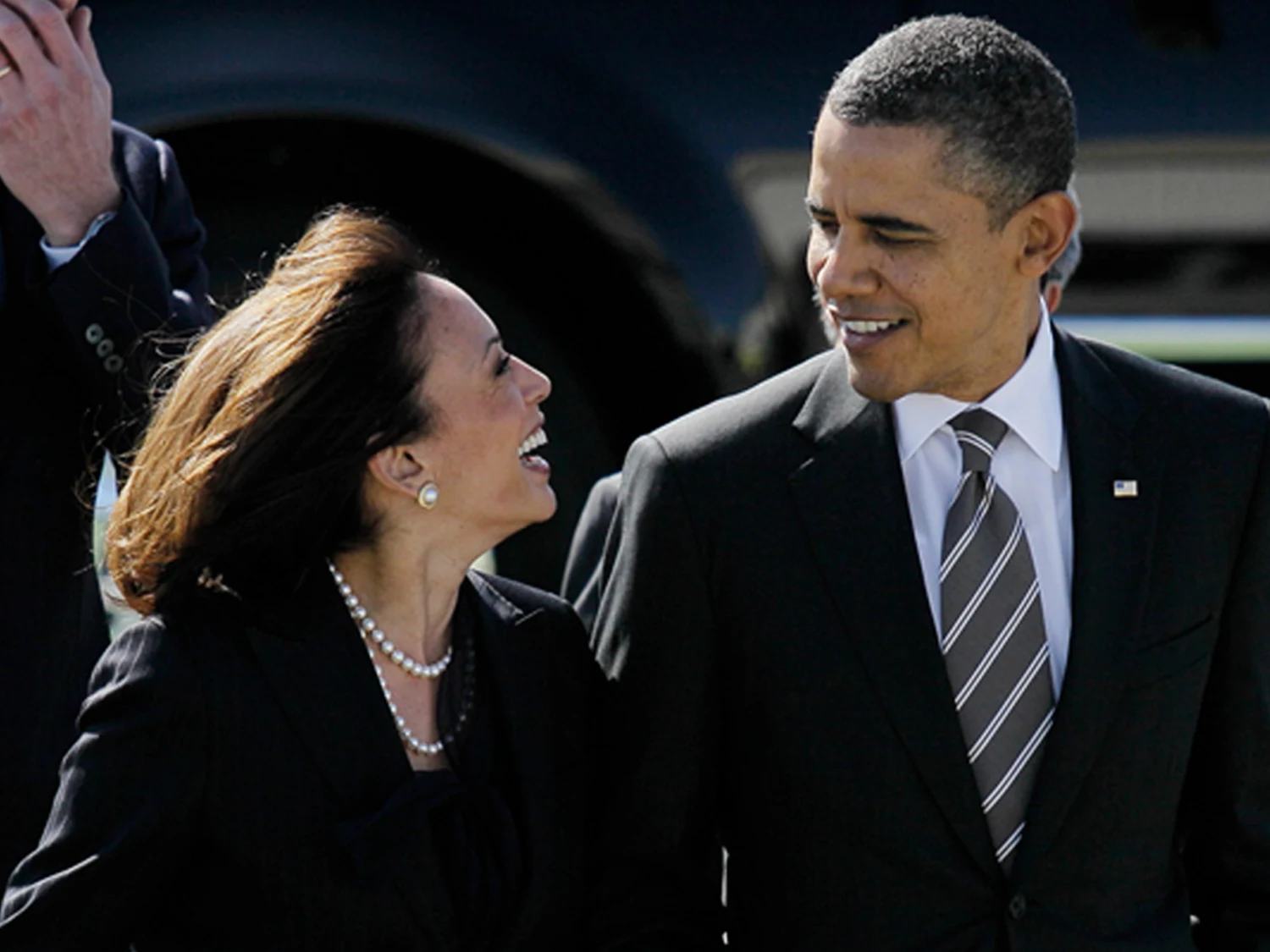The United States just blew past a fiscal milestone that wasn’t supposed to arrive until the next decade. According to fresh Treasury Department data, the national debt has topped a record $37 trillion — a sum so large it’s almost abstract, but one that’s now growing at a pace that should grab everyone’s attention.
Back in January 2020, the Congressional Budget Office figured the country wouldn’t see this number until after fiscal year 2030. Instead, thanks to pandemic-era borrowing under both Donald Trump and Joe Biden, followed by a fresh round of tax cuts and spending under Trump’s newly signed “One Big Beautiful Bill,” we got there six years early.
The climb has been staggering: $34 trillion in January 2024, $35 trillion by summer, $36 trillion in November, and now another trillion in just nine months. That’s roughly a trillion dollars added every five months — more than double the average pace over the last quarter century.
The latest spike comes as Trump’s sweeping bill locks in and expands his 2017 tax cuts, boosts defense and border spending, and trims welfare programs like Medicaid. The CBO says it’ll add $4.1 trillion to the debt over the next decade.
The White House argues the move will pay for itself, with Treasury Secretary Scott Bessent predicting growth and new tariff revenues will cover the cost. Tariffs, the administration says, are already pulling in triple the revenue compared to late last year. But fiscal watchdogs aren’t buying the idea that faster growth will solve the problem.
Michael Peterson of the Peter G. Peterson Foundation warns that ballooning debt drives up interest rates for everyone — mortgages, car loans, business credit — while crowding out public investment.
“More borrowing, more interest costs, and even more borrowing,” he says, describing a vicious cycle already underway.
This isn’t just a Washington spreadsheet issue. The Government Accountability Office says sustained debt growth raises the cost of borrowing for households, squeezes business investment (and therefore wage growth), and can ripple through prices of everyday goods and services.
At the same time, structural pressures are pushing the deficit higher — an aging population tapping Social Security and Medicare, health care costs that outpace inflation, and a tax base that hasn’t kept up with spending commitments. Layer on the interest bill for existing debt, and Washington is increasingly borrowing just to pay for what it borrowed before.
Maya MacGuineas of the Committee for a Responsible Federal Budget hopes the $37 trillion milestone is enough to shock lawmakers into action.
“We need to do something, and we need to do it quickly,” she says.
The problem is, doing “something” usually means raising taxes, cutting spending, or both — and politically, neither party has been eager to push either button. Until that changes, the trillion-dollar markers are going to keep flying by.
At this pace, the next one is just about 173 days away.
With input from New York Post and the Independent.










The latest news in your social feeds
Subscribe to our social media platforms to stay tuned